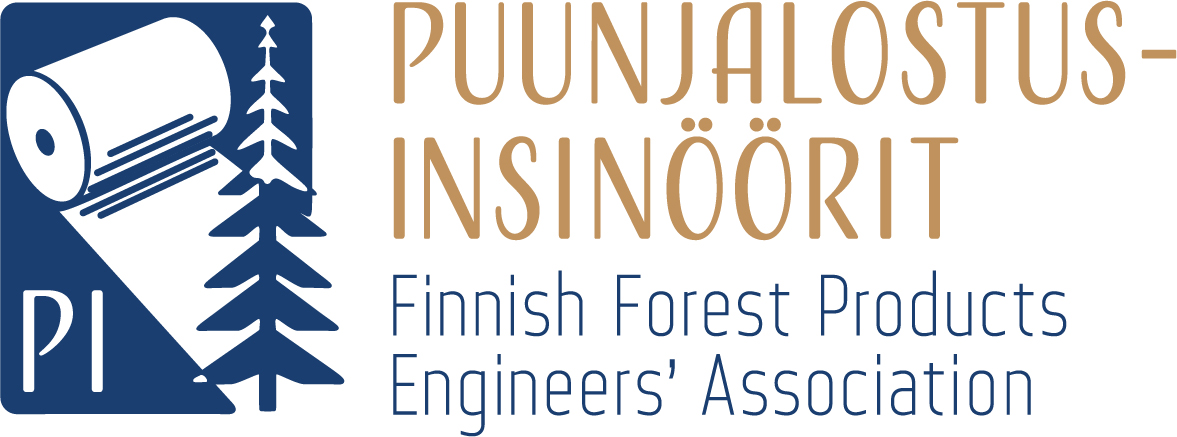SWOT, originating from business planning, is often utilized as a starting point for analysis, aiming to identify an organization's internal strengths and weaknesses, along with external opportunities and threats.
However, SWOT analysis can also be applied on a personal level to assess one's job, career, and life situation.
Conducting a SWOT analysis is recommended for reflecting on personal strengths, weaknesses, as well as potential threats and opportunities.
Consider crafting a strategy or plan that takes into account your strengths and current, as well as potential future opportunities. Nonetheless, SWOT analysis also aids in developing, for instance, a crisis strategy, where external threats encounter weaknesses. Hence, you can outline potential crises and corresponding mitigation measures.
Additionally, there are situations where weaknesses and opportunities or threats and strengths intersect. Contemplate solutions for such scenarios too.
Example of a situation where weaknesses and opportunities intersect, along with a solution:
- Weakness: Poor networking skills and Opportunities: Numerous networking opportunities.
- Possible solutions: Improving weaknesses: If feasible, individuals should strive to enhance their weaknesses to better leverage available opportunities. This may involve training, mentoring, or gaining practical experience.
Examples of situations where threats and strengths intersect:
- Strength: Innovative thinking and Threat: Strict industry regulations: Individuals may possess innovative thinking, yet the industry may face strict regulations, complicating the implementation of new ideas and innovations.
- Strength: Extensive industry experience and Threat: Technological disruption: Individuals may have vast experience in a specific industry, but simultaneously, technological disruptions within the industry may jeopardize traditional practices, necessitating the acquisition of new skills.
- Strategies in such situations may vary based on the individual's circumstances and goals, but key strategic approaches may include emphasizing strengths, identifying and preparing for threats, as well as maintaining flexibility and adaptability.
Based on these reflections, one can even proceed to develop personal development plans, for example, for the upcoming year.


